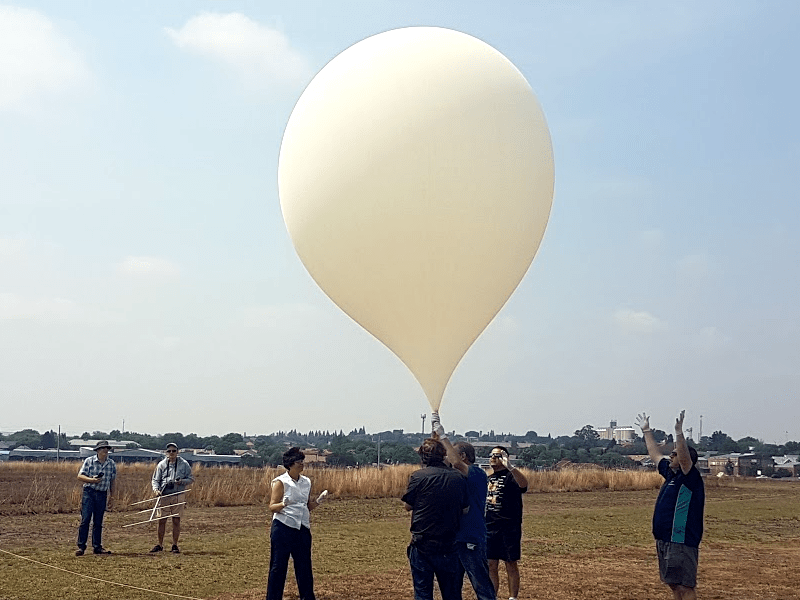BACAR — Balloon Carrying Amateur Radio — is just what it sounds like. A high-altitude balloon carries experiments and communicates via amateur radio. [ZR6AIC] decided to fly a payload in a local BACAR experiment. The module would send its GPS position via the APRS network and also send a Morse code beacon every seven minutes. It also sends other data such as temperature, and has an optional camera fitted.
The hardware used was the ubiquitous Raspberry Pi along with an associated daughterboard for transmitting on the 2 meter ham band. An RTL dongle took care of the receive portion and another dongle provided GPS. A DS18B20 temperature sensor provides the temperature data.
The GitHub link in the post has an extra period at the end, but that’s easy to fix. The instructions are a bit terse but complete. It is interesting that the Direwolf software that generates encoded data audio has to be routed to the input of the transmitter. Usually, this would be an audio cable to a transmitter but since the Pi is the transmitter, it only requires a software “patch cable.”
Going this high in a balloon takes some special engineering. NASA and ESA don’t have the exclusive lock on programming errors, either. It is surprising how high and how far these balloons can go.















I’ve participated in several of these kinds of balloon projects, one including the solar eclipse last year. They’re really a ton of fun. The flight is pretty rough for the electronics sometimes depending on how the flight is done, so it can feel just like watching a SpaceX launch. Biting your nails through the whole flight watching the tracker waiting for the pop, unsure if you really tested every single possible thing that could go wrong. And if the system records good data, its such a cool connection to your local area to understand in a new way what is going on above you. I mean, I could just look it up on wikipedia or something sure, but testing the sensor, becoming familiar with what it takes for it to read something extreme, and then graphing the data after a flight to find that things were even more extreme than I expected.
Some VK amateurs have managed slow scan TV (SSTV) at 115 kbit/s with only 50mW in balloon launches using FSK;
FEC with LDPC is also planned:
http://www.rowetel.com/?p=5288
FEC+ LDPC has been flying since December 2016 :-) http://www.rowetel.com/?p=5344
Source code is here: https://github.com/projecthorus/wenet